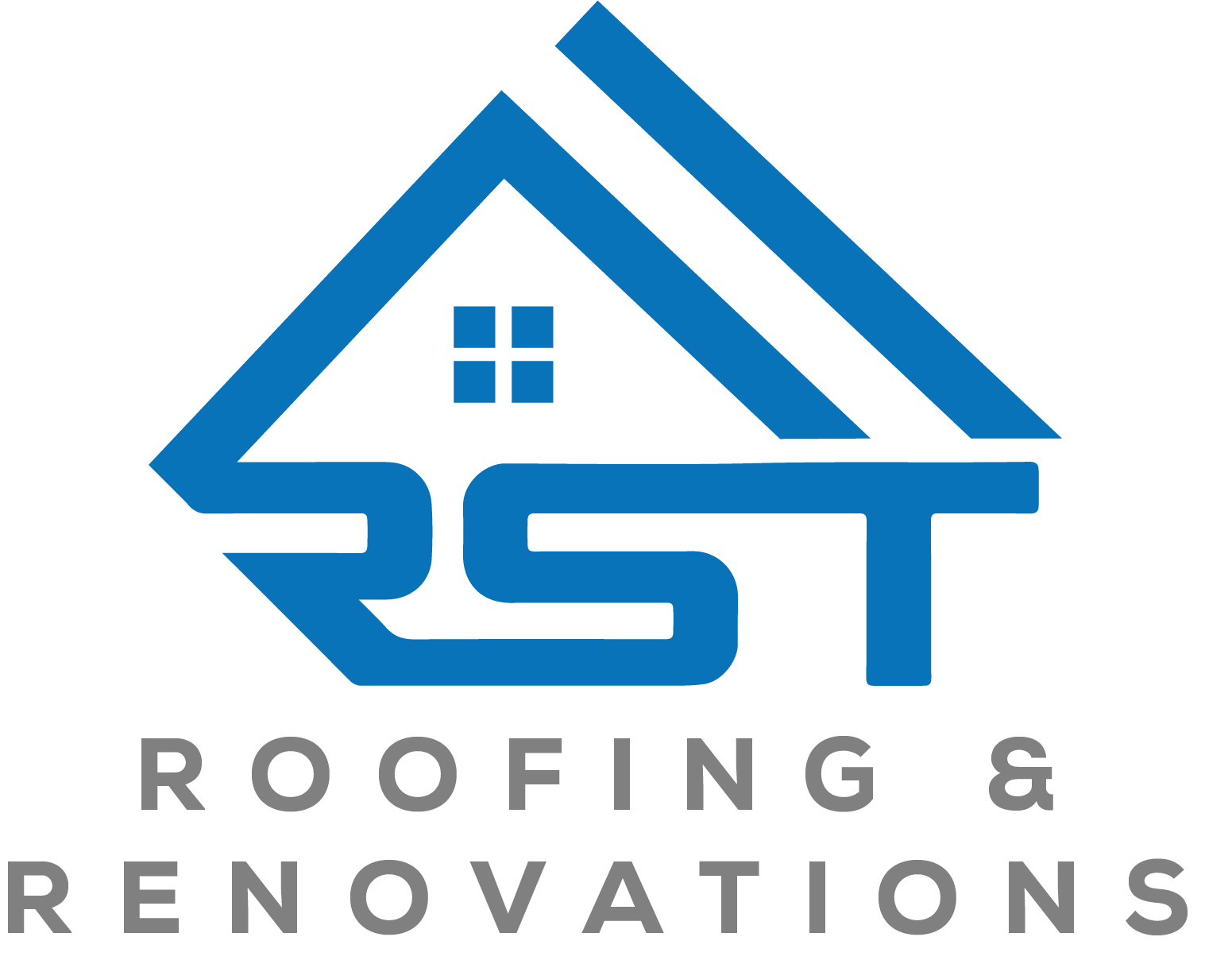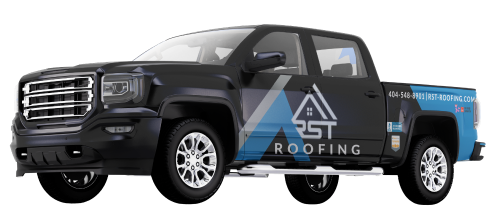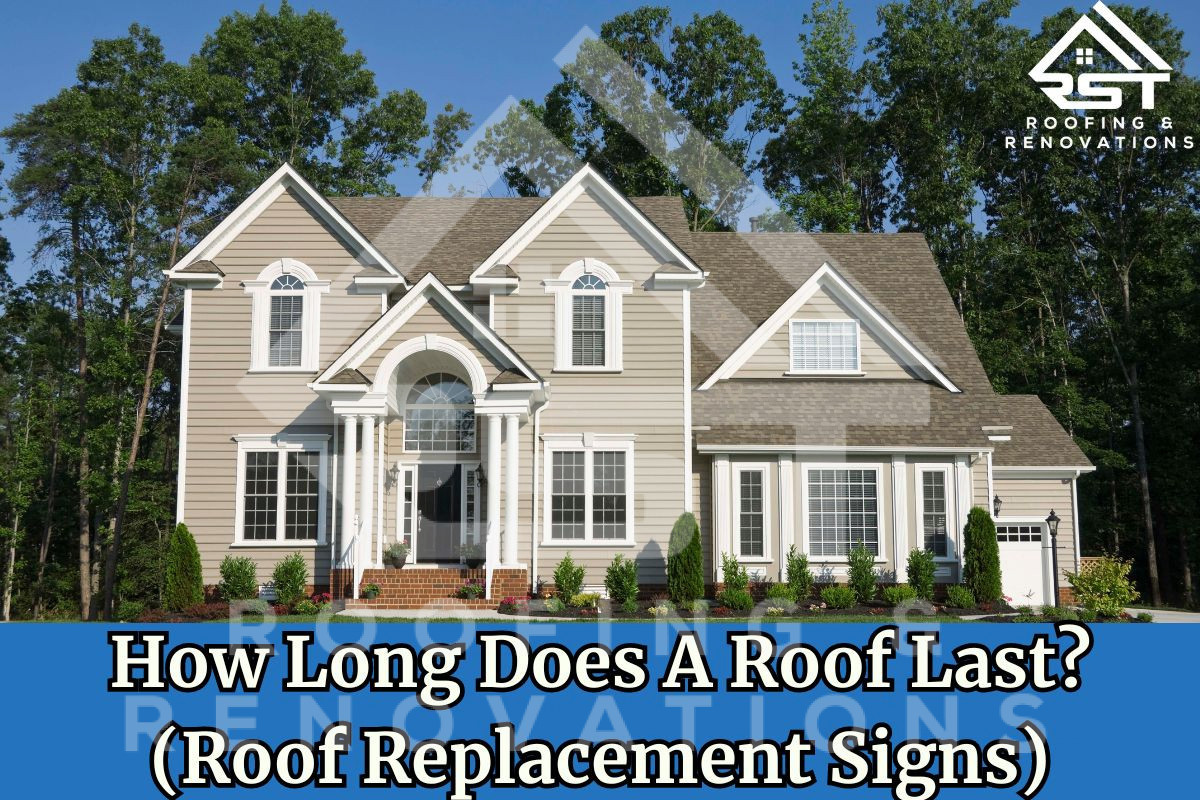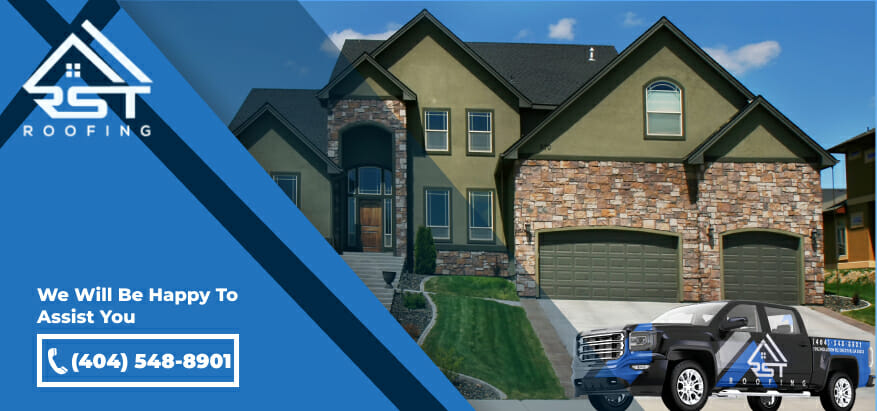The roof acts as a vital shield for your home, with its longevity varying based on several factors including the roof’s durability, quality of installation, and exposure to sunlight. Since it’s a significant investment, you want your roof to last for its maximum lifespan.
At RST Roofing & Renovations, we’re not just experts in roofing, we’re homeowners who understand the value a roof adds to your home. Many customers frequently ask about the lifespan of a roof and the indicators that it may need replacing. In response, we aim to address all these concerns, covering how long roofs typically last, the key factors impacting their longevity, and the signs that suggest a roof might require replacement.
How Long Will A Roof Last Depending On Its Material?
There are four common types of roofing materials utilized for homes, each differing in lifespan depending on the material they’re made out of. Let’s break down the materials one by one so you get a better understanding of how long they last. Remember, you have various options to choose from, each with its unique benefits and considerations.
Asphalt Shingles
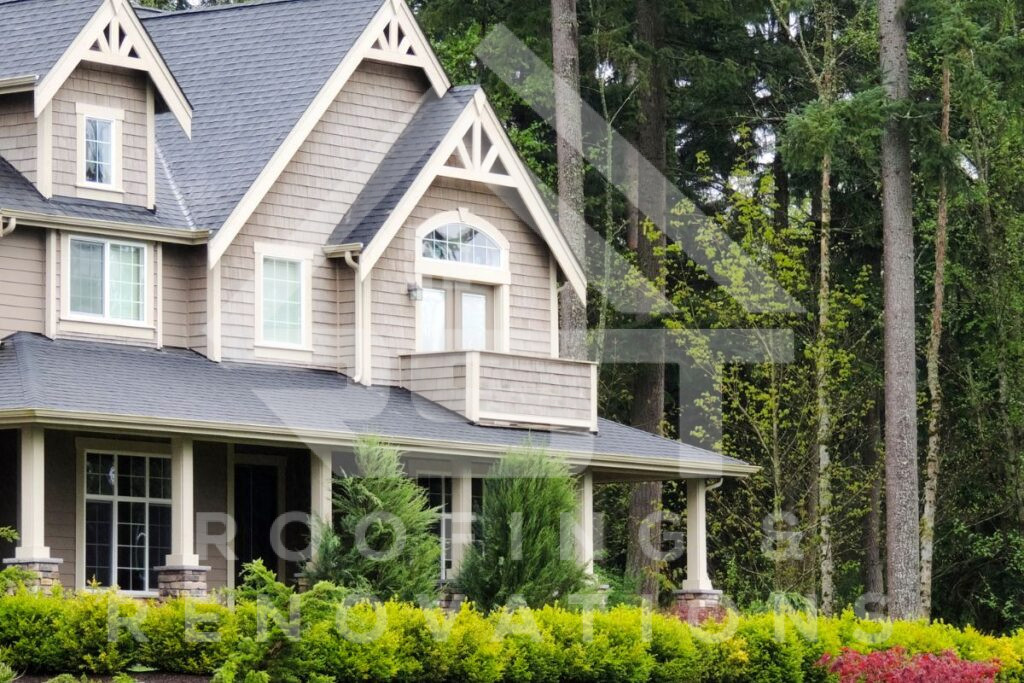
Contractors often state that an asphalt shingle roof can last between 15 to 25 years. Nowadays, many asphalt roofing shingles, previously known as organic asphalt shingles, are constructed using a fiberglass base mat. This base is then coated with an asphalt mixture to enhance durability and provide waterproofing capabilities. These shingles are popular for their contemporary look and are available in a variety of colors and styles.
Although the general lifespan claimed by contractors ranges from 15 to 25 years, the actual longevity of an asphalt shingle roof varies depending on the specific type of shingle used. Below is a brief overview of the expected life expectancy for different asphalt shingles:
- 3-Tab Asphalt Shingle: The warranty for a 3-tab roofing shingle typically spans 20 to 30 years, though the average lifespan is between 15 and 25 years.
- Architectural Shingles: Most manufacturer warranties indicate that architectural shingle roofs last 20 to 25 years, with regular maintenance potentially extending their durability.
- Luxury Asphalt Shingles: These high-end asphalt roofing shingles have added technology for enhanced durability, allowing their lifespan to reach around 30 years or more.
Metal Roofing Systems
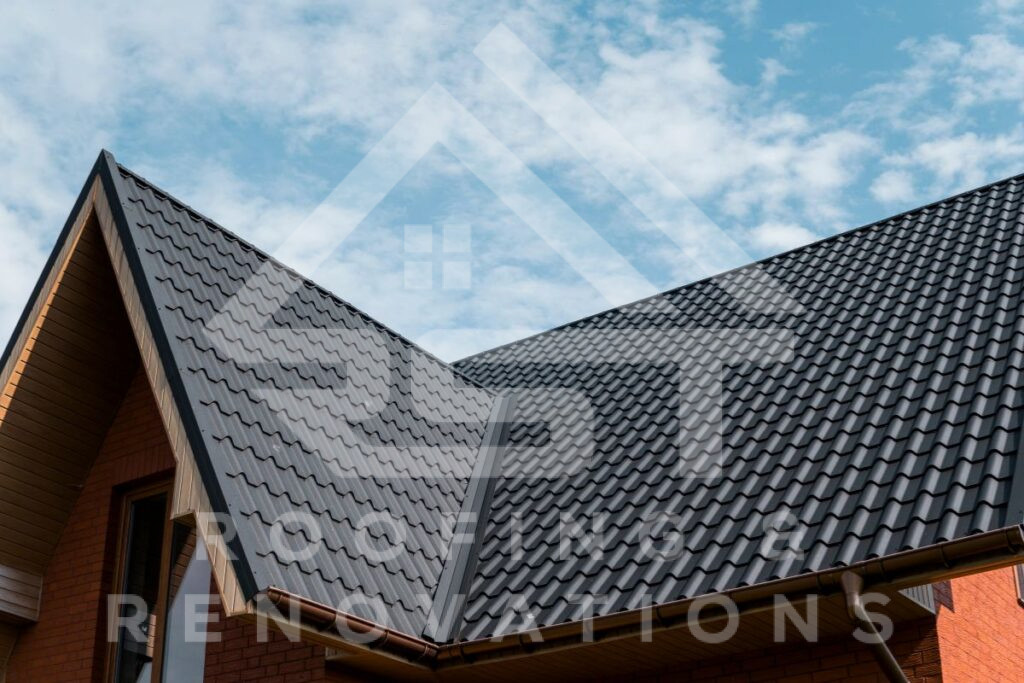
Metal roofing systems are famous for their durability and longevity, ranging from around 40 to 70 years. They come available in forms such as standing seam, corrugated, or even metal shingle variations. The actual lifespan of your metal roof will depend on the type of metal and the installation quality. Metal roofs also offer resistance against wind, hail, and fire damage, making them a favored option among homeowners in regions prone to various climatic conditions.
These roofing systems are loved because they’re energy-efficient and reflect heat and lower cooling costs in the summer. Nevertheless, metal roofs may be prone to corrosion and rust, particularly in coastal areas with elevated salt levels in the atmosphere. Consistent upkeep, including cleaning and repainting, can effectively prolong the lifespan of a metal roof.
Clay Tiles
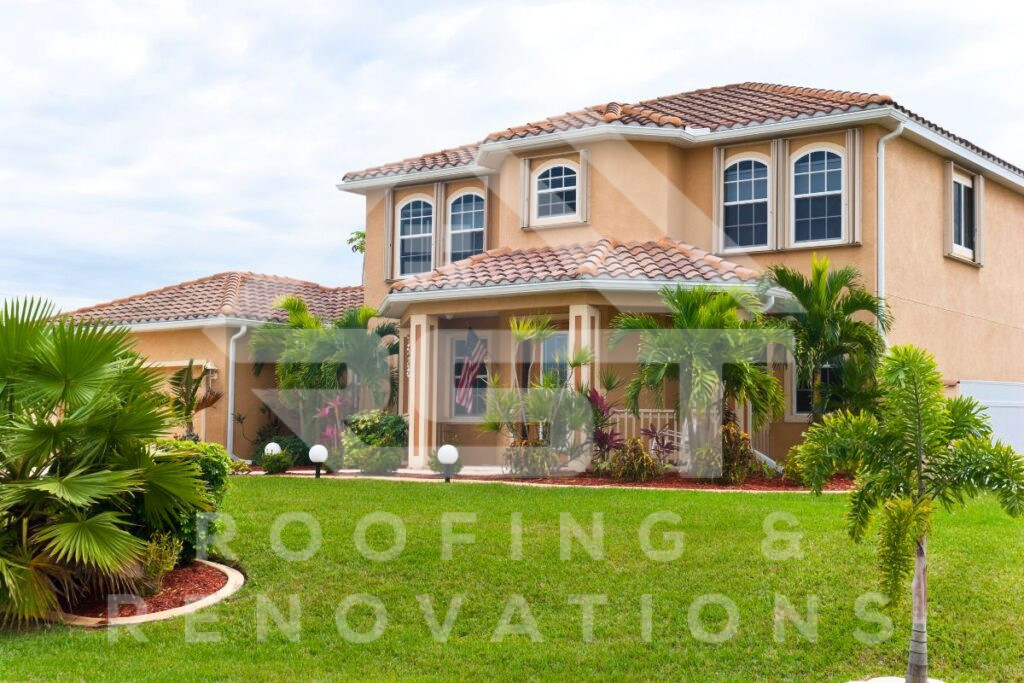
Ceramic tiles, also known as clay tiles, are popular due to their durability and long lifespan. Ceramic tiles can last for decades, often exceeding 50 years, making them a cost-effective option for homeowners. They are fire-resistant, providing added safety and protection for homes, and come in a versatile range of styles.
Their one downside, however, is that the tiles tend to be heavy, potentially requiring extra structural support for extended safety and stability of the roof. They are also prone to cracking and breaking, especially in areas with extreme temperature fluctuations.
Wood/Cedar Shakes
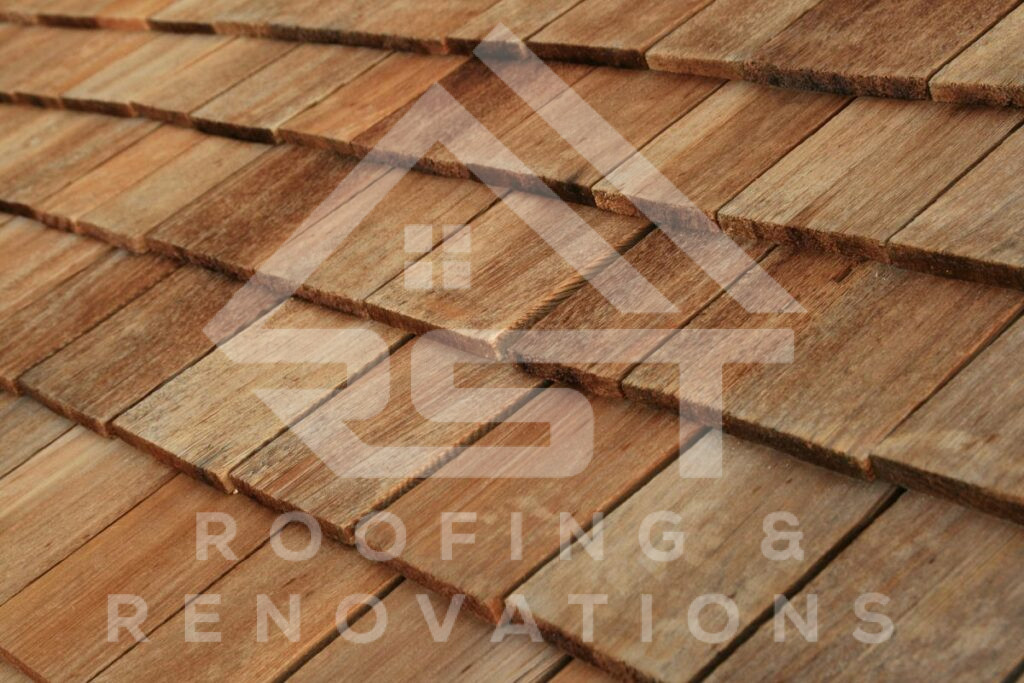
Wood or cedar shakes are popular for roofs due to their natural beauty and rustic appearance. The shakes are made from split logs, providing a unique and distinctive look and a longevity of approximately 30 to 50 years, depending on maintenance and climate conditions. Their one downside is being susceptible to rot, decay, and insect damage, especially in areas with high humidity and rainfall. Regular cleaning and treating the tiles with a waterproofing agent can help extend the lifespan of a wood or cedar shake tile roof. However, wood or cedar shake tiles may not be the best choice for homeowners in extreme weather conditions, as they may not be as durable as other roofing materials.
Factors That Affect the Lifespan Of A Roofing System
Multiple factors affect the longevity of your roofing system. Paying attention to these factors is significant and mandatory if you want to use your roof to its fullest potential.
Maintenance
The amount of maintenance put into your roof is one of the most crucial factors in determining your roof’s lifespan. All roofing materials require regular upkeep such as routine roof inspections to detect issues at their early stages. Another example of maintenance would be trimming any tree branches that are near your roof. Additionally, maintaining clean gutters is vital as they prevent water from pooling on the surface of the roof, a common cause of roof damage.
Roofing Material
As you’ve seen above, the type of material used in your roofing system plays a prominent role in determining the roof’s lifespan. Understanding each material’s characteristics and maintenance requirements can help homeowners make informed decisions.
Roof Pitch
Roof pitch affects the roof’s ability to shed water and withstand external elements. Higher-pitched roofs provide better water runoff, which makes them generally more durable and long-lasting than flat or low-sloped roofs. Flat roofs, comparatively, have a lower lifespan than high-pitched roofs.
Sun Exposure
Direct and prolonged exposure to harsh sunlight can accelerate the deterioration of roofing materials, leading to issues like cracks, warping, and discoloration. To mitigate sun-related damage, it’s crucial to maintain your roof and conduct periodic inspections. If you reside in an area with intense sun exposure, it can be beneficial to consider roofing options like metal roofs that reflect light.
Climate and Weather
Rough weather conditions (such as heavy snow, hail, rain, and strong winds) can accelerate roof deterioration. Regular maintenance and timely repairs protect the roof from weather-related damage. Your roofing material lifespan and the local weather go hand in hand, so if you’re building a new roof or considering another roofing material, factor in the weather and how it will affect your choice.
Roof Ventilation
Proper ventilation is mandatory for maintaining a healthy roofing system. Passive ventilation methods, such as static roof vents and ridge vents, rely on natural sources like wind or convection to move air. Active ventilation methods, such as turbine roof vents, use mechanical or electronic methods to draw hot air out of the attic.
Quality of Installation
The quality of the roof’s installation directly impacts its performance and longevity. Hiring experienced professionals and ensuring proper installation techniques can help extend the roof’s lifespan.
Signs That You Need A Roof Replacement
Roofs are a significant part of any building and require a lot of investment. Replacing them could be time-consuming, yet necessary, so here are some clear signs that your roof is calling out for a replacement!
You Have Repetitive Leaks
Consistent water leaks inside the house are a clear indicator of roof damage. Identifying the source of the leak and addressing it immediately can prevent further water damage and mold growth.
Moss and Algae Growth
Moss on the roof can indicate excess moisture and potential damage. You must pay regular attention to moss or algae growth and address it as soon as possible to prevent further roof deterioration and high repair costs.
Shingles Are Buckling Or Curling
Shingles that are buckling, curling, or showing signs of wear indicate aging and potential water damage. Regularly inspecting the condition of the shingles can help identify issues early on.
Shingle Granule Loss Or Damage
Granule loss on shingles can compromise their protective properties, leaving the roof vulnerable to UV damage and water infiltration. Inspecting for granule loss is crucial in determining a roof’s condition.
Light Entering Through The Roof Deck
Light entering through the roof can indeed be a sign of gaps, cracks, or missing shingles. If it’s not promptly addressed, this occurrence can lead to water leaks and other structural issues. When light penetrates the roof, it indicates areas where the roof’s protective layer is compromised, allowing water to seep in during rain or snow. If left unattended, these openings can result in water damage to the underlying structure, leading to potential mold growth, rot, and even compromise the structural integrity of the home. Therefore, it is crucial to promptly address any light entering through the roof to prevent further damage and maintain its integrity.
Looking For A Roof Installation Or Replacement?
Now that you know how all these factors affect how long your roofing system will last and the signs that indicate it needs one, we hope you feel better informed about tackling your roofing project.
RST Roofing and Renovations is a prominent name in Atlanta and the surrounding areas of Georgia when it comes to roofing services. With years of experience in roof installation and replacement, we are known for our customer service delivery. If you’re looking for roof replacement services, feel free to call (404) 548-8901. Our executives will happily address your questions and needs.


